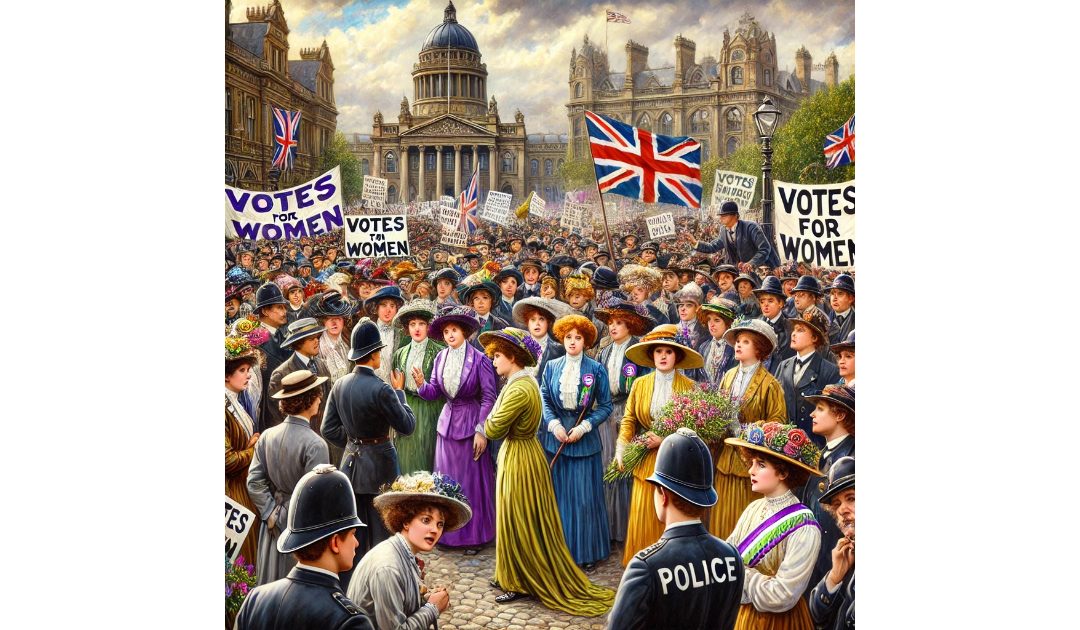It was on the 4th of June, 1913, that Emily Davison ran in front of King George V’s horse, Anmer, at the Derby. Emily Wilding Davison, a name synonymous with courage and determination, was a formidable figure in the women’s suffrage movement in the early 20th century. Her fearless actions and ultimate sacrifice played a significant role in highlighting the struggles for women’s rights in the United Kingdom and have left an indelible mark on history.
Born on the 11th of October, 1872, in Blackheath, London, Emily Davison was a bright student who excelled academically. She attended the Royal Holloway College, which was one of the few higher education institutions that admitted women at the time. However, due to her family’s financial constraints, she was forced to leave before completing her degree. Her educational pursuits did not end there, as she later enrolled at St Hugh’s College, Oxford, where she achieved first-class honours in English, although, as a woman, she was not awarded a degree.
Davison’s engagement with the suffrage movement began in earnest in 1906 when she joined the Women’s Social and Political Union (WSPU), a militant organisation led by Emmeline Pankhurst. The WSPU was known for its confrontational tactics, and Davison soon became one of its most dedicated members. Her actions were often bold and controversial, as she believed in civil disobedience and direct action to bring attention to the cause.
Throughout her time with the WSPU, Emily Davison was arrested multiple times for various acts of protest, including stone-throwing, setting fire to post boxes, and inciting public disturbances. Her arrests often led to harsh treatment and imprisonment. These experiences only emboldened her resolve. While imprisoned, she and other suffragettes conducted hunger strikes, which were met with the brutal practice of force-feeding, an ordeal that Davison endured on several occasions.
The most well-known and dramatic event of Emily Davison’s activism occurred on the 4th of June, 1913, during the Epsom Derby. In a daring and fateful move, Davison stepped onto the race track during the running of the Derby, intending to attach a suffragette flag to King George V’s horse, Anmer. Tragically, she was struck down by the horse, suffering fatal injuries, and died four days later. Her actions were interpreted in various ways, with some seeing her as a martyr who sacrificed her life for women’s rights, while others viewed it as a reckless act.
Davison’s funeral was a grand affair, attended by thousands of suffragettes and supporters, and was marked by a procession through London to illustrate the strength and unity of the movement. Her death served as a poignant reminder of the lengths to which women were willing to go for equal rights and highlighted the urgency of the cause.
The legacy of Emily Davison is profound. Although women over 30 were granted the right to vote in 1918, a full five years after her death, it wasn’t until 1928 that women received electoral equality with men in the UK. Davison’s sacrifice brought international attention to the suffrage movement and stirred public debate about the treatment and rights of women in society.
In modern times, Emily Davison is celebrated as a symbol of the struggle for women’s rights. Her story is taught in schools, recounted in books, and commemorated in public art and memorials. Her courage continues to inspire activists and advocates fighting for equality and justice across the globe.

